The author of "Twenty Thousand Leagues Under the Sea" calls this strange phenomenon "The Milky Sea".
As this phenomenon could not be explained, those who did not witness claimed that the seamen were confused because of hunger and fatigue. Centuries have passed and until now, there have been still rumors among mariners about a vast, strange light strip that only appears at night on the sea. Still, these events have one thing in common: No one has been able to explain them.
On January 25, 1995, the Lima reported that "on a clear moonless night while 150 [nautical] mile[s] east of the Somalian coast, a whitish glow was observed on the horizon and, after 15 minutes of steaming, the ship was completely surrounded by a sea of milky-white color with a fairly uniform luminescence… It appeared as though the ship was sailing over a field of snow or gliding over the clouds"
Images recorded from satellites show that, in the northwestern Indian Ocean, an area of low-level light, about the size of Connecticut (with an area of 5,543 square miles), appeared at the date and time recorded by the S.S. Lima.
Research shows that luminous bacteria are different from bioluminescent Dinoflagellates (the algae that cause red tides): If Dinoflagellates emits short rays of light, bioluminescent bacteria produce a faint but more stable light.
Unlike Dinoflagellates that are luminescent to avoid predators, Vibrio harveyi are luminescent to "hunt" fish! The light that this bacteria produce is very attractive to fish. When swallowed by the fish, these bacteria drift into the fish's intestines - which is their favorite "home."
Dr. Miller said that, with the help of a much more modern satellite system today, he hopes that the luminescent seas will be recorded more to grant biologists better opportunity to get more definitive answers behind this strange sight.
H/T: HowStuffWorks
 Source: Getty Images
Source: Getty Images
As this phenomenon could not be explained, those who did not witness claimed that the seamen were confused because of hunger and fatigue. Centuries have passed and until now, there have been still rumors among mariners about a vast, strange light strip that only appears at night on the sea. Still, these events have one thing in common: No one has been able to explain them.
 Source: Getty Images
Source: Getty Images
135 years later: Scientists begin to find out the truth
In 2005, a team of scientists led by Dr. Steven Miller of the Naval Research Laboratory - Marine Meteorology Division in Monterey, California (USA), decided to find out the truth about the strange tale.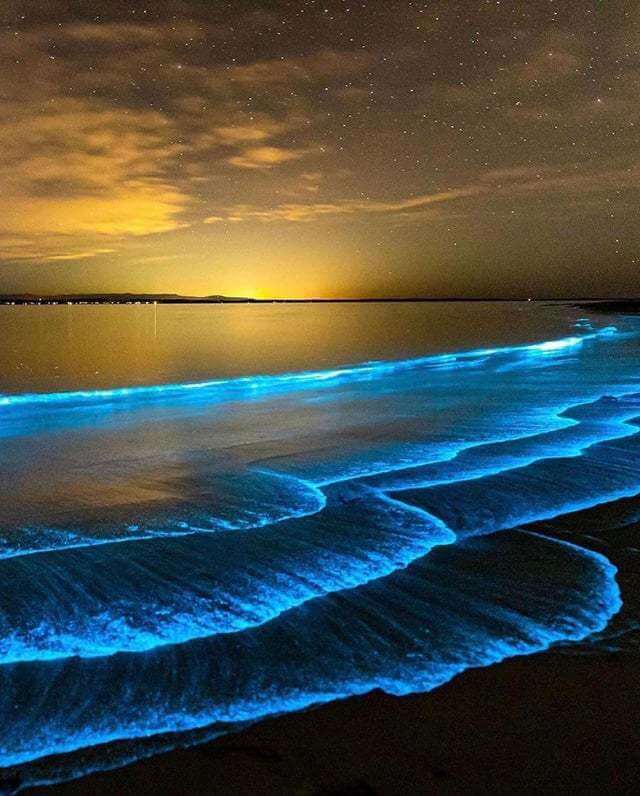 Source: Getty Images
Source: Getty Images
On January 25, 1995, the Lima reported that "on a clear moonless night while 150 [nautical] mile[s] east of the Somalian coast, a whitish glow was observed on the horizon and, after 15 minutes of steaming, the ship was completely surrounded by a sea of milky-white color with a fairly uniform luminescence… It appeared as though the ship was sailing over a field of snow or gliding over the clouds"
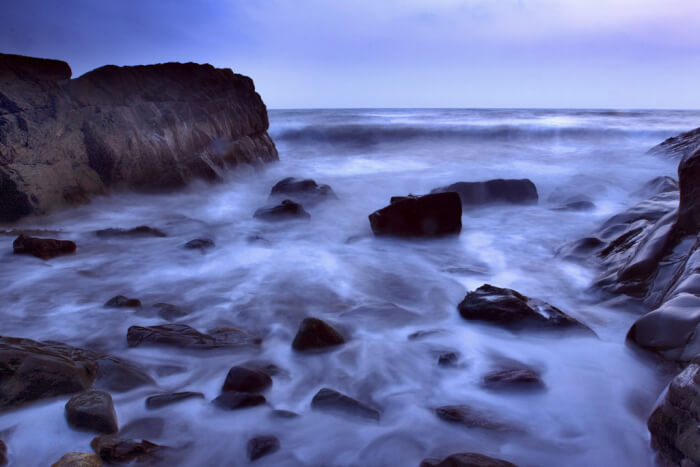 Source: Getty Images
Source: Getty Images
Images recorded from satellites show that, in the northwestern Indian Ocean, an area of low-level light, about the size of Connecticut (with an area of 5,543 square miles), appeared at the date and time recorded by the S.S. Lima.
Unravel the hundred-year mystery
After confirming that the stories that were true, scientists began to research to find out the cause behind the phenomenon.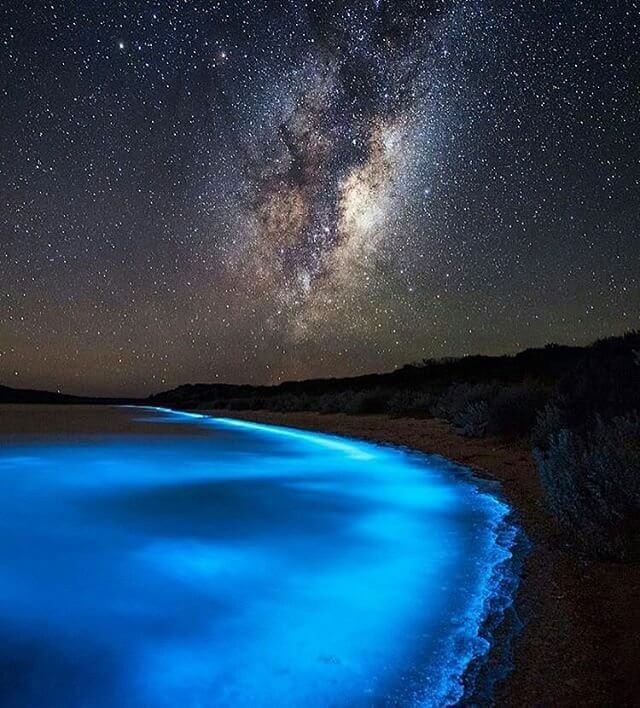 Source: Getty Images
Source: Getty Images
Research shows that luminous bacteria are different from bioluminescent Dinoflagellates (the algae that cause red tides): If Dinoflagellates emits short rays of light, bioluminescent bacteria produce a faint but more stable light.
#23
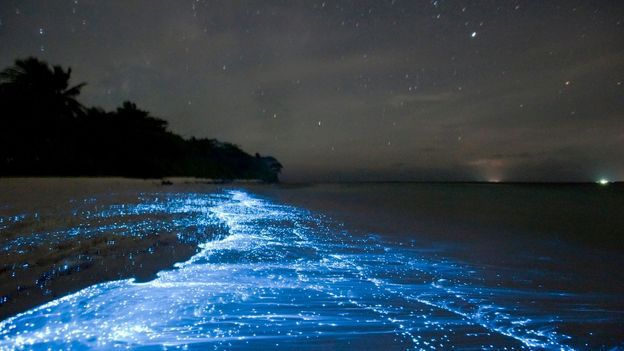 Source: Getty Images
Source: Getty Images
Unlike Dinoflagellates that are luminescent to avoid predators, Vibrio harveyi are luminescent to "hunt" fish! The light that this bacteria produce is very attractive to fish. When swallowed by the fish, these bacteria drift into the fish's intestines - which is their favorite "home."
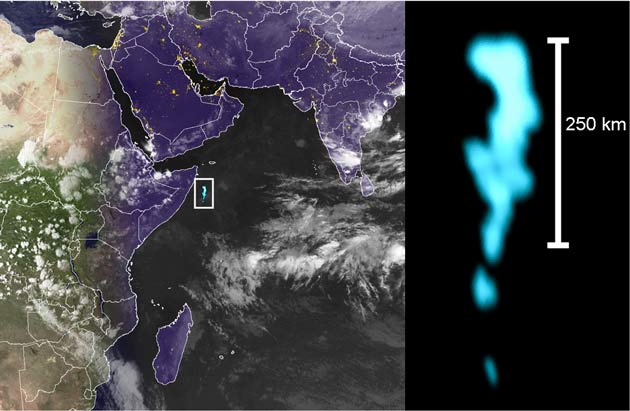 Source: Getty Images
Source: Getty Images
The challenge remains open...
The puzzling point among the scientific community is that a luminescent bacterium itself has a very faint light, and to create such a massive light area, it takes at least 40 billion trillion of bacteria gathered together. The fact that bacteria gather together with such unusual density has not yet been scientifically explained.Dr. Miller said that, with the help of a much more modern satellite system today, he hopes that the luminescent seas will be recorded more to grant biologists better opportunity to get more definitive answers behind this strange sight.
H/T: HowStuffWorks